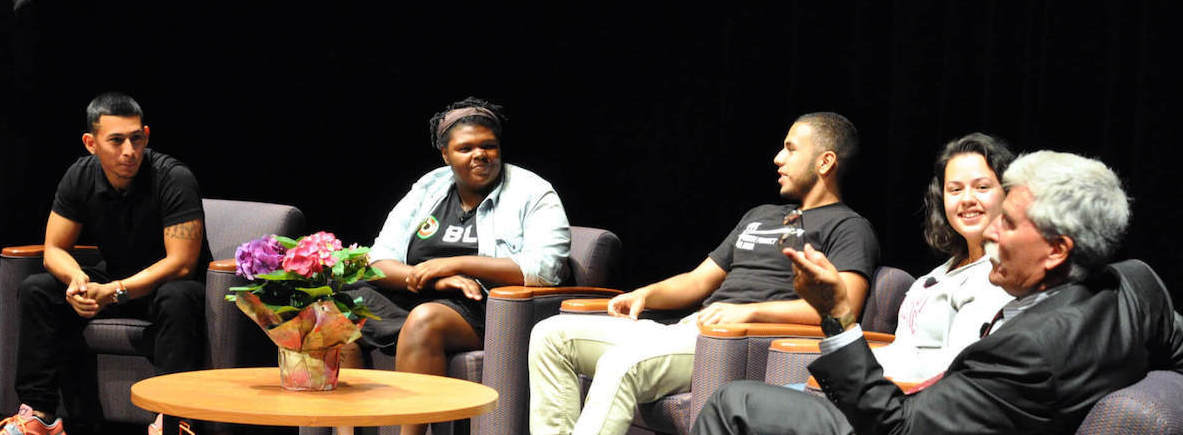Further Thoughts Following Umpqua
Oct. 5, 2015
Dear Colleagues,
In the four days since the murders at Umpqua Community College, more than 1,180 people were shot in the United States, and 350 of them died. Over the past decade, more than 108,400 people are shot and over 32,500 die, every year. That’s 297 persons shot every day, and 89 dead, each day.
Like most of you, I have been reflecting over the past three days about our response to the murders at Umpqua Community College in Oregon. It cannot be enough for us to send our condolences to our colleagues at Umpqua without asking ourselves what we are doing to confront the epidemic of gun violence in the United States.
As I wrote to you on Friday, our students will be shaken by the murders, and will want to know if we are prepared for active shooters on campus. Do we have a plan in place, and do we provide training? Yes, we have; and yes, we do.
At the same time, they will want to understand the debate and analysis that surrounds the shootings, and the broader implications of the murders for the society. We do them no service -- and do no service to ourselves -- if we do not address the questions of gun control, and the access to weapons designed for no reason other than to kill people.
Our students will have seen the wrenching images of the victims’ families, and speculation on the motives and state of mind of the shooter. They may also have seen President Obama express his frustration and anger at a political system that inadequately regulates and inadequately prohibits firearms. They will have seen others shrug and say, “Stuff happens,” as if these events were beyond human or political intervention. The backdrop of it all is the ongoing debate about guns.
How well prepared are we to help our students through that debate? When our students raise questions or want to devote classroom time to these debates, how well prepared are we? To those who fear “politicizing” the terrible grief of families torn apart by gun murder, I believe that we retreat into a bizarre denial if we act as if nothing could ever be done through the political and policy system to lessen gun violence. Those who say they don’t want to politicize the discussion are, in my observation, on one side of a deeply political debate, and they have been winning. In every other advanced democracy where grief has been the prompt to policy, politics has delivered where pious denial does not.
I urge you to prepare for tough discussions this week through the many sources available. For gun violence statistics, see the Gun Violence Archive. Extensive information is available at the Brady Campaign to End Gun Violence. The arguments of the National Rifle Association are often cited. For reasoned, statistical analysis, there is no better source than articles by Adam Gopnik in the New Yorker. One of his best essays is available here: www.newyorker.com/news/daily-comment/the-simple-truth-about-gun-control.
Brian Murphy

